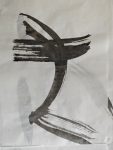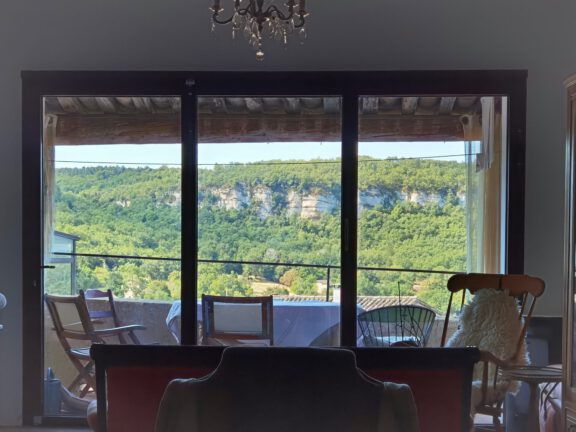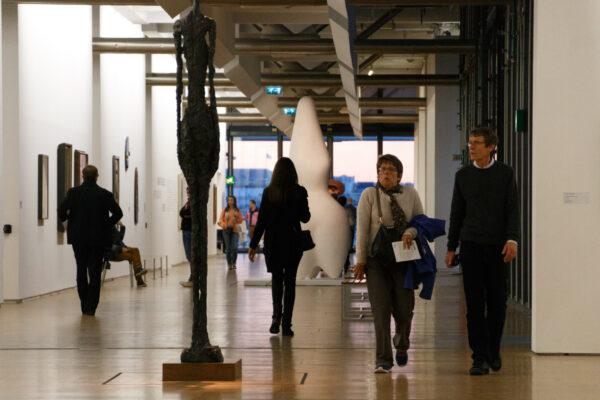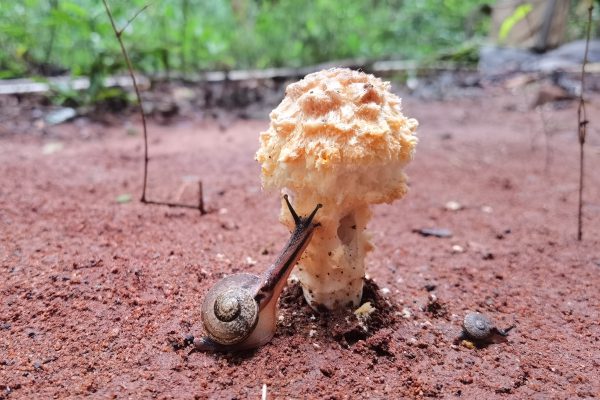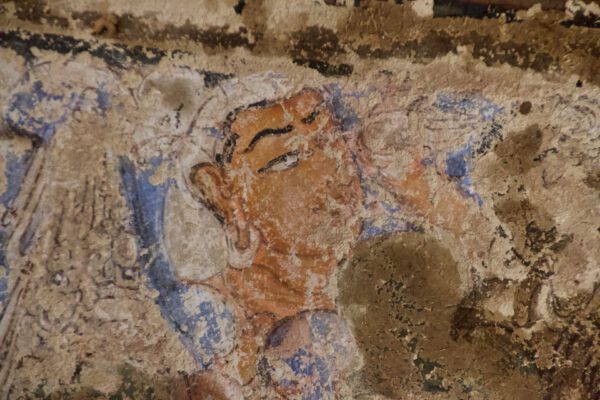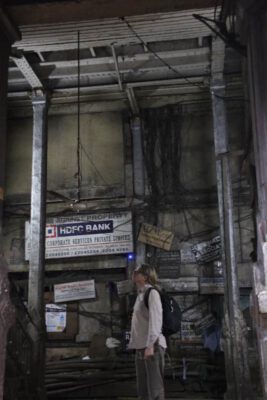Cézanne drew and painted Mont St. Victoire over 80 times. From different perspectives, but essentially just the mountain. This mountain has been there for a very long time, it exists in another time. The fruit fly has one day to live, then it's all over. If we extend our time horizon, we think in generations. A few hundred years seems a lot to us; our cultural history began 5000 years ago. For a mountain, that's practically yesterday. What do we see when we see the same object at different times of day, in different seasons, in different moods and from different perspectives? Ourself, the perception of another? But never the mountain itself in its existence.
We know the moment, a lifetime, an epoch, we think about paleontology, geological time and cosmic times or chronons. How do we relate to this? How can our imagination reach these layers of time? Moreover, why do we explore the past and imagine the future? The synthesis of my experienced past and my expected future shapes the now. Only in this entanglement of time do we experience ourselves as individuals. But when we concentrate on the moment - the pure now - and lose our ego in meditation, we overcome it and are now fully present.
It is this contemplative experience of time when we look at the stars, or listen to the waves or crickets, the experience that our consciousness is always part of time other than the now.

